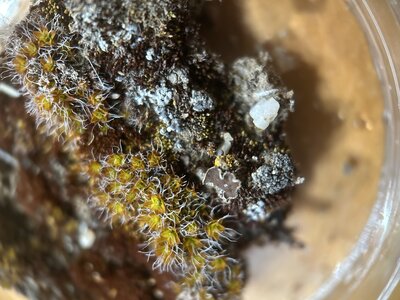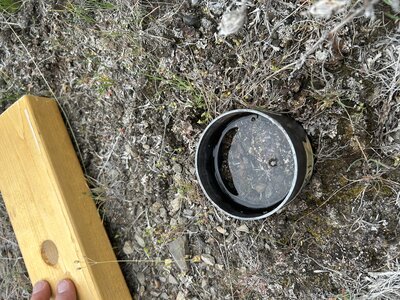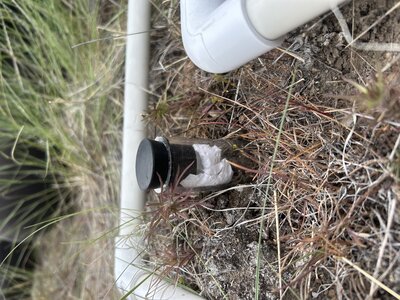Welcome to CrustNet!
CrustNet is a globally distributed sampling network for biological soil crust (biocrust) ecology. This project implements a standard set of surveys and experiments in diverse biocrust habitats. See the growing map of sites here. These surveys and experiments were selected and collaboratively designed by biocrust scientists.
Join CrustNet as a Sampler-Partner
CrustNet is entering its launch phase and we are recruiting participants! If you are interested in running a node, we recommend the following steps:
- Read the FAQ page to get a general sense of requirements.
- Explore the Effort Calculator to determine your desired participation level.
- When you are ready to sign up, initiate the process using the intake form.
Goals
CrustNet's scientific goals are to investigate:
- Determinants of global scale functional biodiversity of biocrusts
- Determinants of the variability and shape of the relationship between biodiversity and ecosystem function across ecosystems
- Effects of biocrust functional biodiversity on ecosystem resistance and resilience to physical disturbance and climate change




The network will connect scientists around the world to install CrustNet nodes on the ground. The project takes a tiered approach with basic and low costs surveys making up the base of the project (Tier 1) and then additional add-on experiments with increasing levels of commitment and investment for Tiers 2 & 3. Collaborators who are familiar with the biocrust and plant species of each node are invaluable to the work. Support for species identification is also available through the network of biocrust scientists and crowd-sourcing tools like iNaturalist.
Through this work, the CrustNet team hopes to inspire scientific and social engagement with biocrust ecology, to answer scientific questions and stimulate many more, to produce usable tools for future biocrust work including a trait database, and to grow & strengthen the international biocrust network.
CrustNet sampling in action
Fieldwork updates are posted on social media with #CrustNet
Explore CrustNet observations on iNaturalist.
Funding
This work is funded by MPG Ranch and the U.S. National Science Foundation (#2350456 and #2350457).
